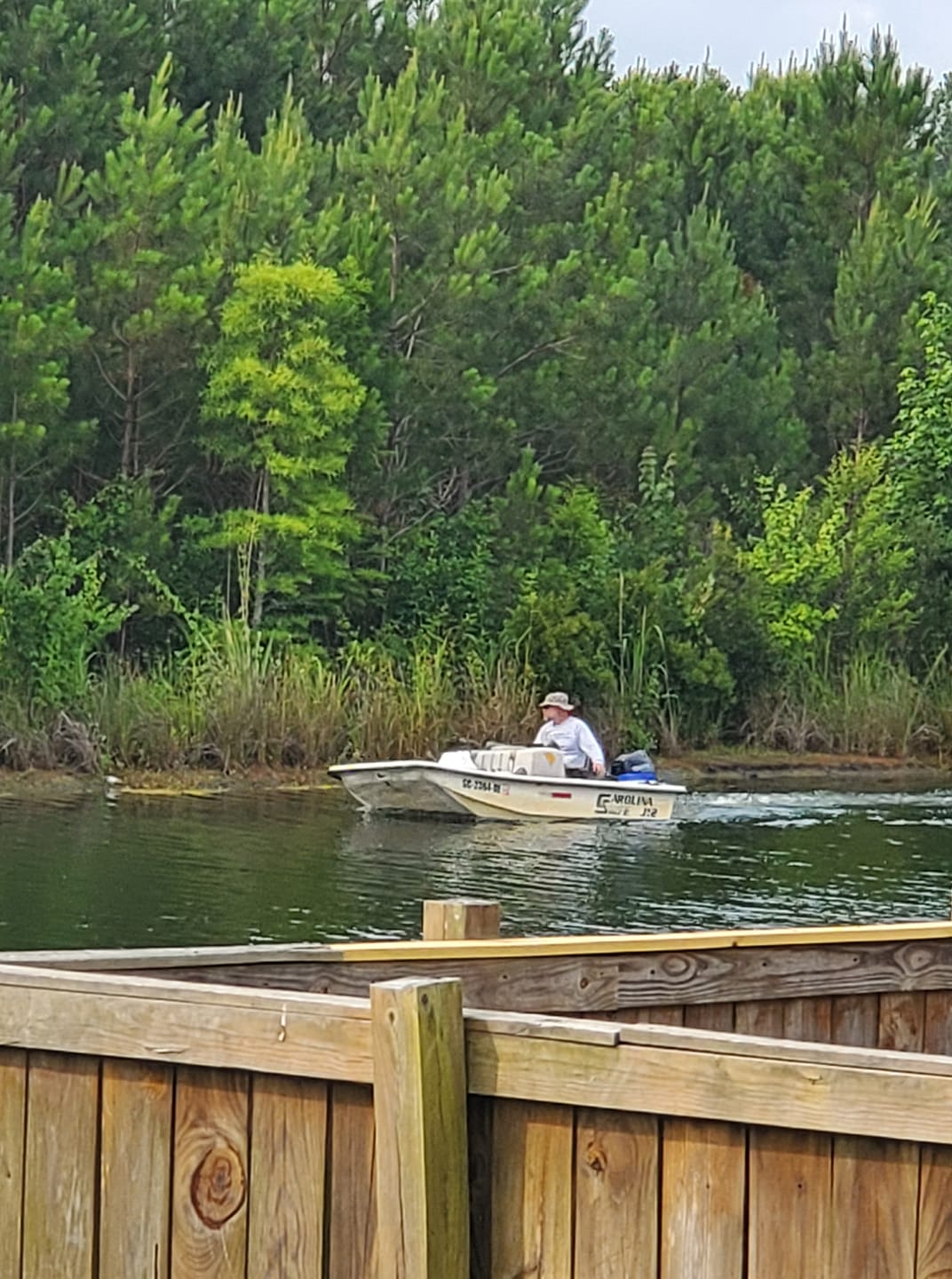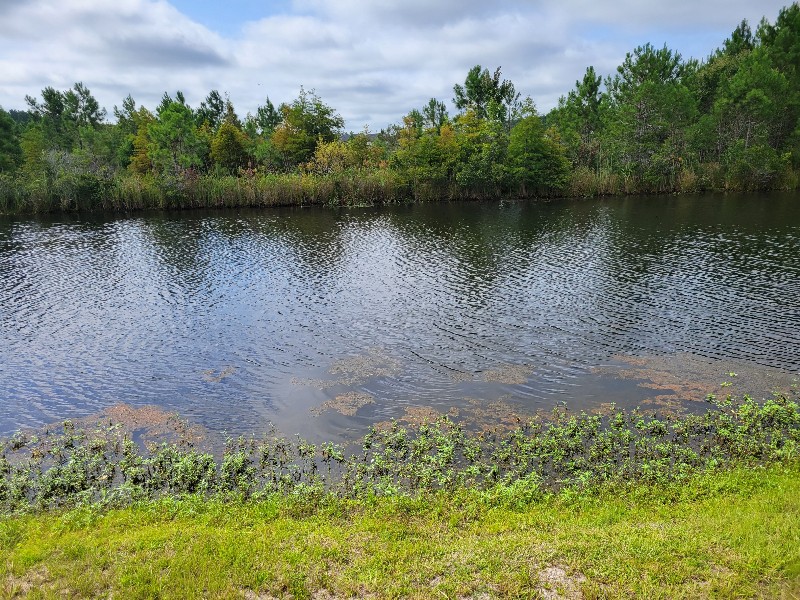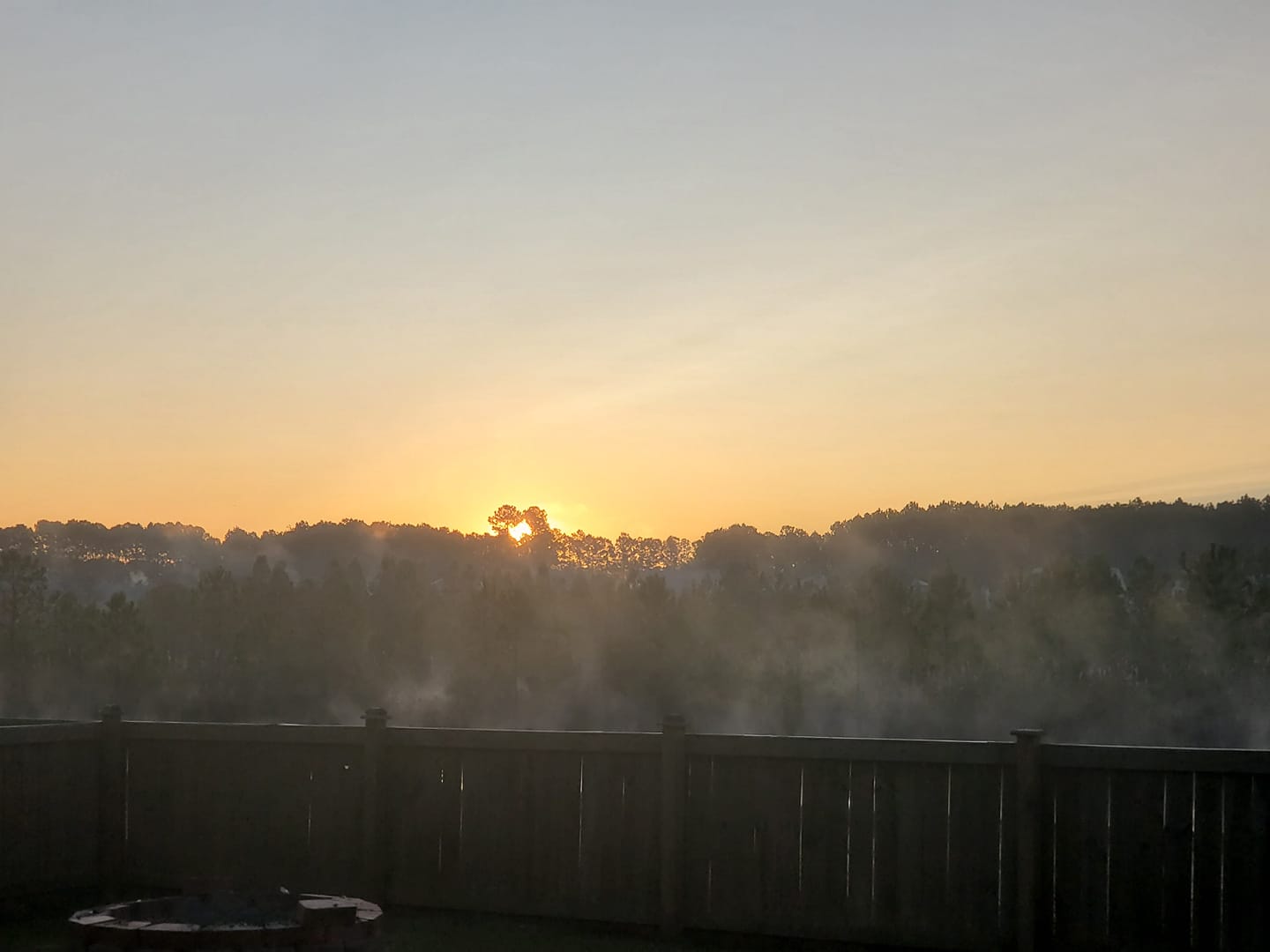The Retention Pond

In Cane Bay Plantation ponds are everywhere just like in most subdivisions in the Charleston area. As you can see above sloped basins capitalize on gravity and the natural flow of water down hills and inclines. This keeps runoff away from homes and other structures. This also keeps the ground from growing soggy, which can causd erosion and possible foundation issues. The retention ponds drastically reduced the flooding during the 1000 year flood a few years ago. The streets were flooded but no water entered homes. Most of the ponds in Cane Bay Plantation have overflow pipes that can help control water levels and disperse water evenly. Precautions against contaminants and pollutants are also necessary to protect both the nearby environment and the greater public health.

Core Concept
In South Carolina flooding is one of the biggest concerns whether you’re on the coast or not. When there’s a lot of rain there isn’t always a good place for it to go. It can soak into the ground, but, once the ground becomes too saturated, erosion and rising floodwaters could become serious threats. Retention ponds are built to give that water a place to go where it can be concentrated and contained. In most neighborhoods the retention ponds are planned and added prior to new homes being built.

How They’re Built
Retention ponds are usually designed to be shallow, and most have slow, sloping floors. They rarely take up much land, though the one behind my home is larger. Most ponds are built in areas that have surrounding land capable of accommodating high water during rainy periods. Allowing for excess surrounding land is usually considered essential for proper function and safety.
Permanent Structures used in the Charleston area
All areas of Cane Bay Plantation, as well as the Charleston area, erosion is a permanent problem requiring more pond structures. These ponds have water in them year-round, though the levels often vary with the seasons and rainfall numbers.
While the ponds are fairly shallow, they should not be considered an area for recreation or swimming. The banks are typically built to be shallow at first but then drop sharply after about 2 feet (0.5 meter). I do not personally know how deep the ponds in the area are but having fished in the area it isn’t very deep. I usually catch more weeds than fish. The shallow banks (as you can see in the photos) were developed as a safety measure to prevent drowning, but children and pets should still be kept away from the pond and surrounding areas.
Pollution Removal
In Cane Bay Plantation permanent ponds are built in lower land areas that tend to accumulate excess amounts of water. Retention ponds aids in the removal of pollutants, trash and debris typically that can run into the pond after heavy rains. The basins also catch runoff containing sediments, bacteria, and other harmful substances that may have negative impacts on overall water quality.

Here in the south maintenance is necessary. Here an maintenance employee is treating the pond.
As pollutants enter the pond during a heavy rain, the basin works to slow water movement. The stagnant water allows heavier contaminants, such as solids or metals, to sink to the bottom of the pond and eventually become bottom layer sediments. The retained water naturally filters contaminants and returns clean water to nearby streams or wetlands.



 Facebook
Facebook
 X
X
 Pinterest
Pinterest
 Copy Link
Copy Link
